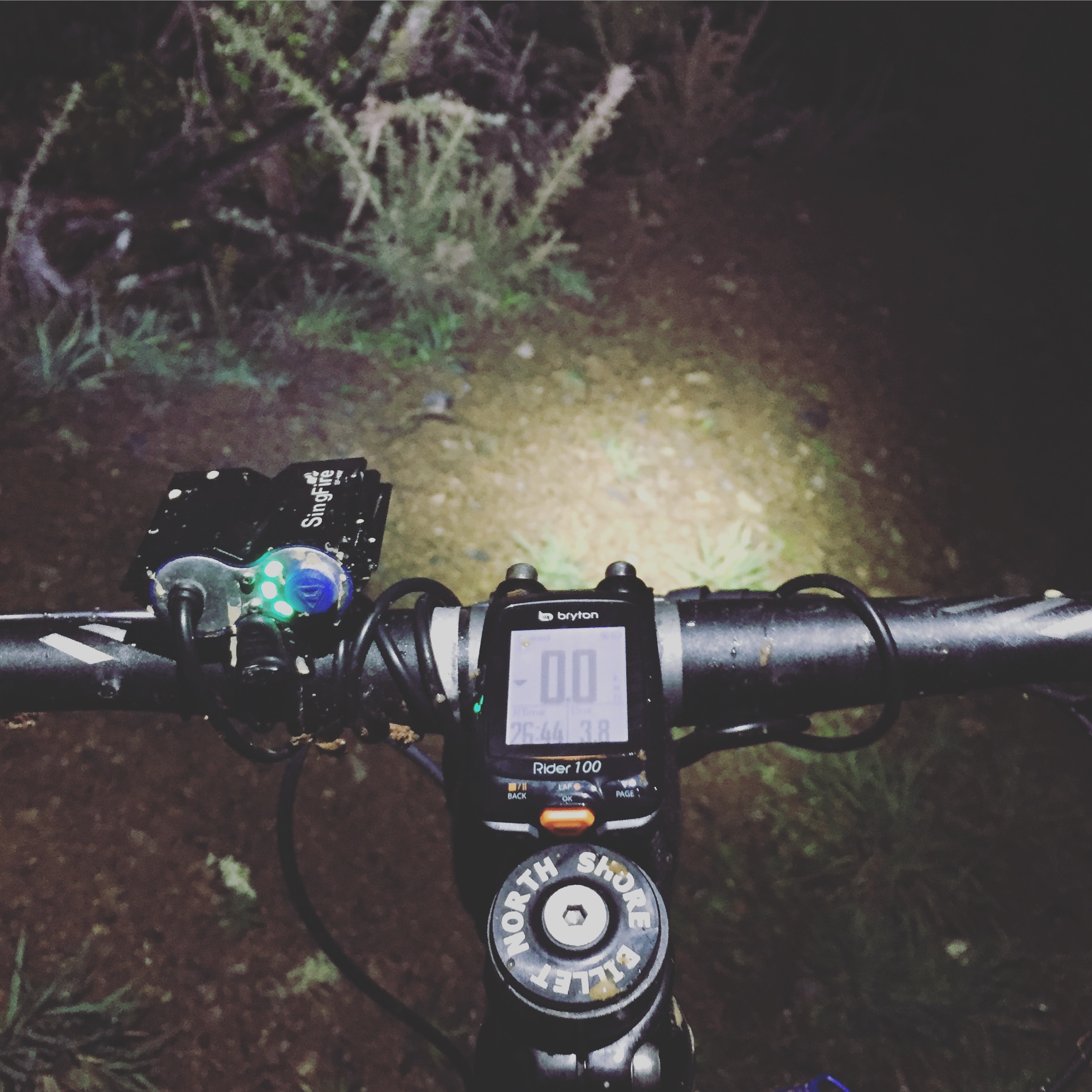Product Review - Bryton Rider Series
Scroll DownIn this modern age, we are becoming infatuated with knowing exactly where we have been, right down to exactly how many beats/steps and shudders our bodies have made in any given time. For what? A sense of personal achievement? A chance to gloat on multiple social media sites portraying an image of complete body purity or simply a genuine way of tracking your progress and performance for that up coming epic?
I have to confess, I have embraced this new age of tracking my fitness, especially around times of training for an event so my excuse is 100% valid! isn't it? After all, nobody wants to use paper these days, right?
Introduced to me a few years ago by a good friend who owned my local at the time, the Bryton Rider series was a ground breaking series of small gps, activity tracking units. At the time, the Garmin Edge was the primary competition to Bryton and still is, however the pendulum of change seems to be swinging back....
Bryton recently announced their new 4 tier range of the Rider series with a raft of new era functionality such as wifi, Bluetooth sync capabilities and other enhancements that they desperately were overdue for. The new units also have a massive gain in recording performance and battery life so now any robot-like human being can exercise for around 30 hours and successfully track it.
For our test, the good folks at MyBike secured through the NZ distributor, phoenix cycles NZ, the rider 100 and the 310 for the 3xplorenz test pilots to put them through their paces. These two units have been marketed as the most economic, value for money tracking system currently on the market. With over 30 features to their names, the respective price tags of $114.00 and $164.00 (computer only) certainly put them well into the affordable price bracket. While they both have the same connectivity features with Bluetooth, ANT+ and USB connections, the eagerly awaited 330 and the 530 has a few added bonuses and a very highly anticipated release.
In the box we received a computer, Heart rate strap with the 310, a snazzy slim bar mount with a selection of different straps and pads for mounting and a set of instructions with as many languages as google.

Setting each unit was as normal as one would expect when using a device with only 3 buttons. Once you got your head around their menu and selective structure it was as painless as brunch with a toddler. (somewhat frustrating but had a good result)
Testing the units against an iPhone and Fitbit Surge all recording to Strava, we noticed that the top performer for accuracy was definitely the 330 and a surprising second equal was the iPhone with the 100 and the Fitbit a debatable last place. The image below shows the accuracy of each of the Bryton units being ridden together over the same segment. You can see that over that recording, the 100 had a slight mishap towards the end of the ridden segment but straightened itself up to finish accurately. As a result of this, the 100 actually added to our gained km's by a fraction over the same time stamp and an astronomical advance in speed for that moment.

Post ride and downloading your data is available by two variants, Bluetooth and USB. This is theoretically very easy and to be honest it is, once you figure out their awkwardly complicated and clumsy interface Bryton has produced with their proprietary phone application and web interface.
The easier of the two is definitely through the USB connection straight from the strava APP (if that is your end goal of data upload) as the Bryton units are essentially a recording, external flash drive storing .FIT files.

Through the phone app (iOS V1.0.1), it works easily but is a contradiction of their amazing work on building the new Rider series. The units themselves are small, smart, modern, intuitive and very user friendly but sadly, we must assume that the same team of software boffins that built the units were obviously not involved with the user interface.
The verdict
Overall, these two units are a great package regardless of what model. They offer an all weather affordability to tracking your cycling for a considerable time albeit with a bit of learning to upload your activities. If you can look past the clumsy interface and web layout, you will see the value in these units when using other software packages like strava and training peaks to record and store your activities and training.
If you are after a little more accuracy and a barometric pressure sensor then the 310 is the best of the two currently on offer. If you can wait and are little more like us, then it's worth awaiting the release of the 330 and 530 models with their touted direct upload functions....




Comments